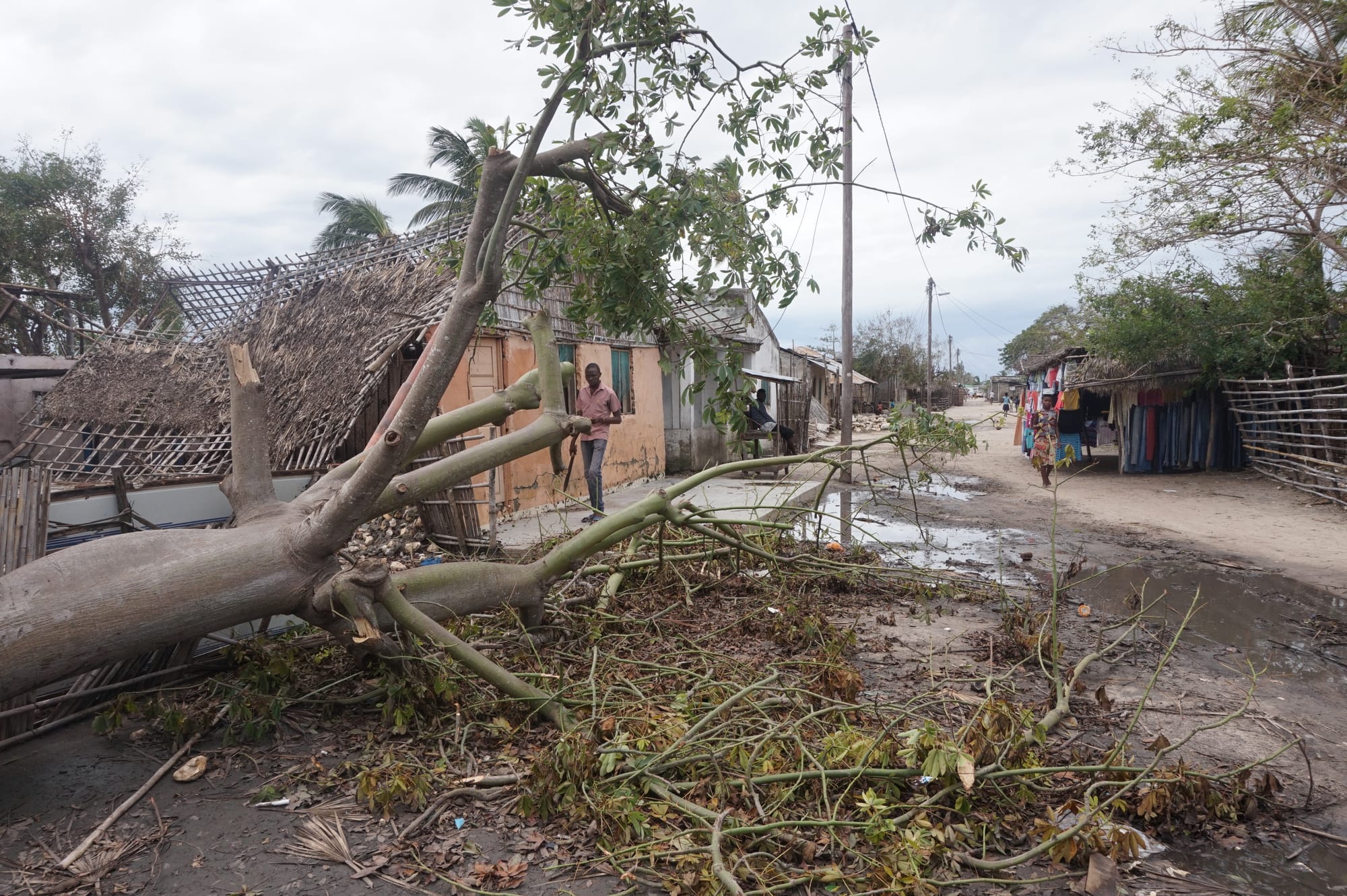There is no doubt that climate change is one of the most pressing issues of modern times. Catastrophes caused by or related to climate change, such as storms, wildfires, drought, flooding, and heat waves, have almost tripled in the past 40 years, resulting in civilian casualties and displacement, severe infrastructure destruction, and long-term challenges to affected communities in terms of recovery and reconstruction.
Every year, climate change forces millions of people to leave their homes. In 2022, 53% of the global share of internal displacements was triggered by disasters. 98% of these disaster displacements were caused by weather-related hazards exacerbated by climate change. Climate change is the defining crisis of our time because of its transversal impacts on populations, the environment, the economy, and global security. Yet, its impacts are disproportionately experienced by people in vulnerable situations and humanitarian crises.
As a result, the humanitarian sector must develop an adapted response to these crises and include the displaced population in the planning.
What truly pushes people to leave their homes in regions most affected by climate change?
Droughts and Extreme Weather Events
In 2022, droughts, floodings, and extreme weather events forcibly displaced 32.6 million people internally. Crop failures due to extreme weather events can result in significant economic losses, affect food security for millions of people, and force people to move to try and find ways to feed their families. 3.5 billion people could suffer from food insecurity by 2050, an increase of 1.5 billion people from today.
Loss of Livelihoods
Climate change-induced habitat loss and species extinction threaten the livelihoods of millions who depend on natural resources for sustenance. For instance, in the Arctic, where ice melt is leading to declines in polar bear populations, indigenous communities reliant on hunting face food insecurity and cultural upheaval.
By 2050, up to 600 million people could face food insecurity due to climate change-induced disruptions to agriculture and fisheries.
Water Insecurity
Water scarcity affects over 2 billion people globally. Climate change exacerbates this issue, with projections suggesting that by 2050, over half of the world’s population will live in water-stressed areas.
In regions like sub-Saharan Africa, where water stress is particularly acute, water-related factors could displace up to 86 million people by 2050.
Destruction of Infrastructure
Natural disasters destroy critical infrastructure, displacing millions and causing significant economic damage.
For example, the Idai and Kenneth cyclones in Mozambique, where TSF intervened in 2019, killed over 1,000 people across Mozambique, Malawi, and Zimbabwe. The cyclones left 1.85 million more stranded without homes, food, water, or basic infrastructure. In Mozambique alone, more than 240,000 homes were partially or entirely destroyed, and nearly 30% of the national road network and 20 bridges were damaged or destroyed. Electricity, water, hospitals, schools, and telecommunications core infrastructure also suffered significant damage.
Health Risks
Climate change-related health risks, such as air and water pollution, can increase morbidity and mortality. Between 2030 and 2050, climate change is expected to cause approximately 250,000 additional deaths per year from undernutrition, malaria, diarrhea, and heat stress alone.
In Bangladesh, for instance, the number of Bangladeshis displaced by the impacts of climate change could reach 13.3 million by 2050, making it the country’s number one driver of internal migration. Bangladesh’s Environmental Performance Index is ranked 177th and the worst in air pollution, reducing life expectancy by 6.76 years.
“Air pollution causes 7 million premature deaths annually, so it is understandable if people feel compelled to migrate in search of clean air to safeguard their health.”
Dr. David R Boyd, UN special rapporteur on human rights and environment.
Key Takeaways
The effects of climate change are only intensifying and accelerating, and consequently, around 1.2 billion people could be displaced over the next 30 years.
Over the next 30 years, at least 141 countries will be exposed to at least one ecological threat by 2050. The 19 countries with the highest number of threats have a combined population of 2.1 billion people, around 25% of the world’s total population, many of which are already suffering from instability and turmoil.
With environmental risks becoming increasingly complex and weather-related disasters growing in frequency and triggering severe ripple effects across all sectors of society, the humanitarian sector must take into account climate change and its impacts, especially on displaced populations, while planning and implementing crisis responses in order to minimize the risk and prioritize safety.
As part of our commitment to sustainability and decreasing our carbon footprint, TSF joined the Humanitarian Environmental Network, a French collective, to discuss environmental issues and improve the way these are addressed in humanitarian action in 2023.











Member discussion